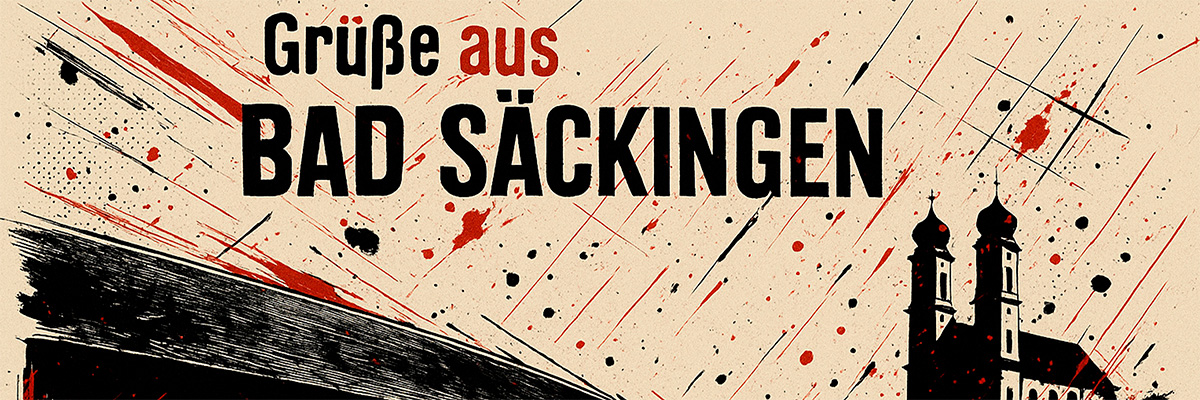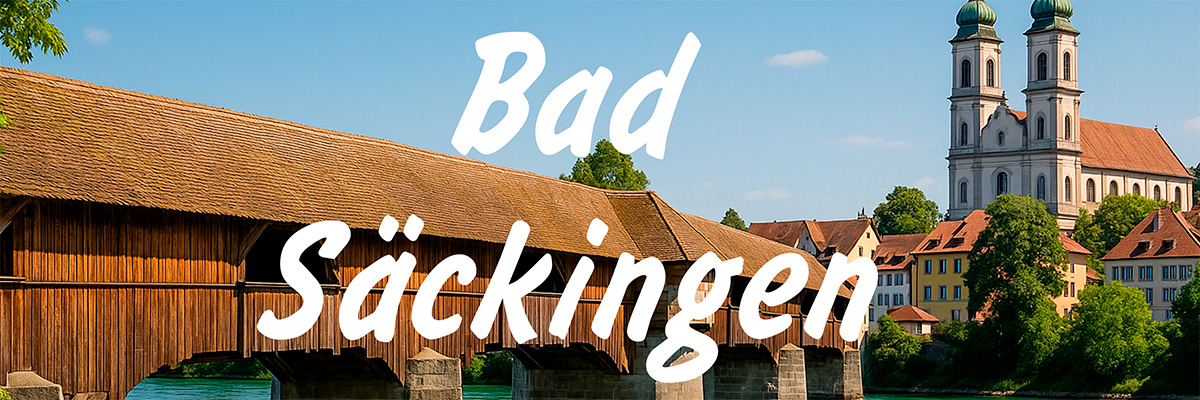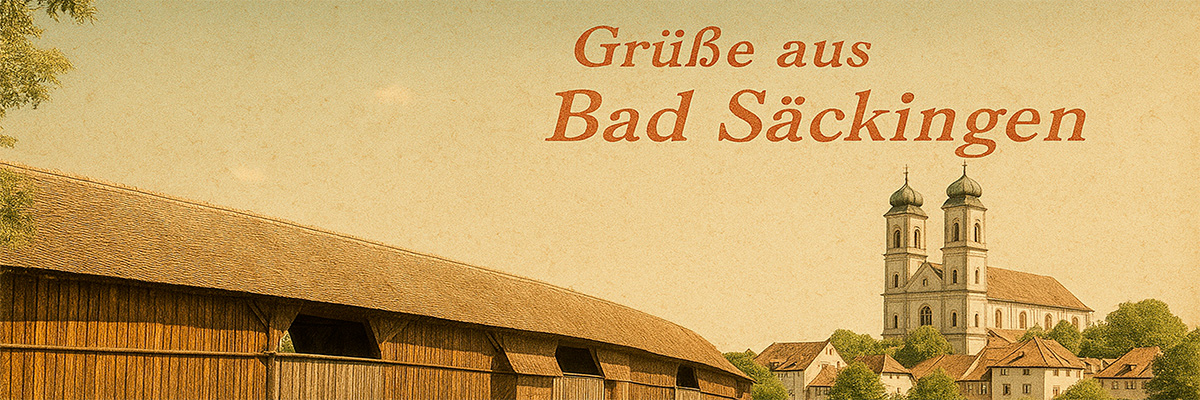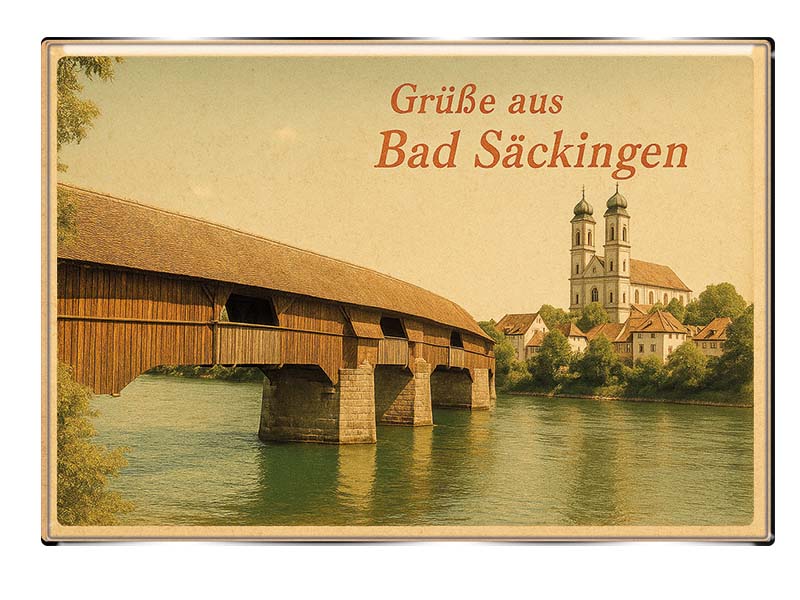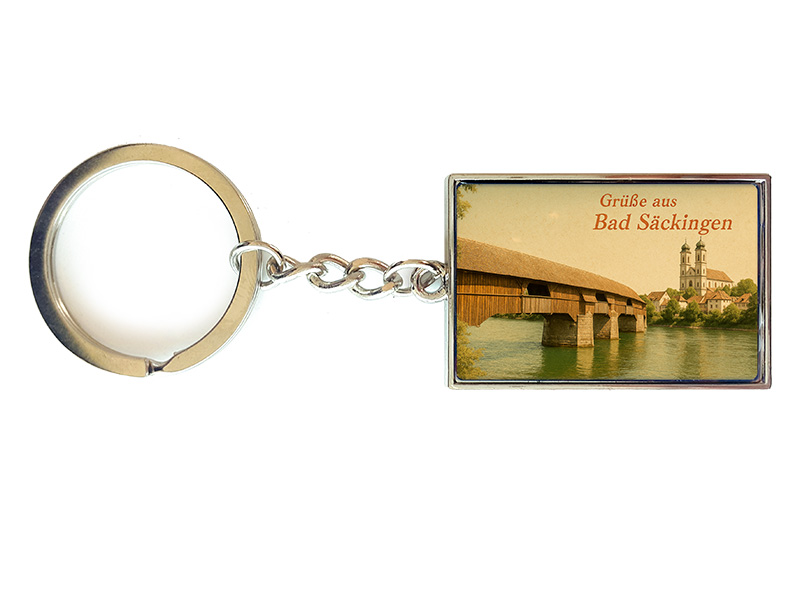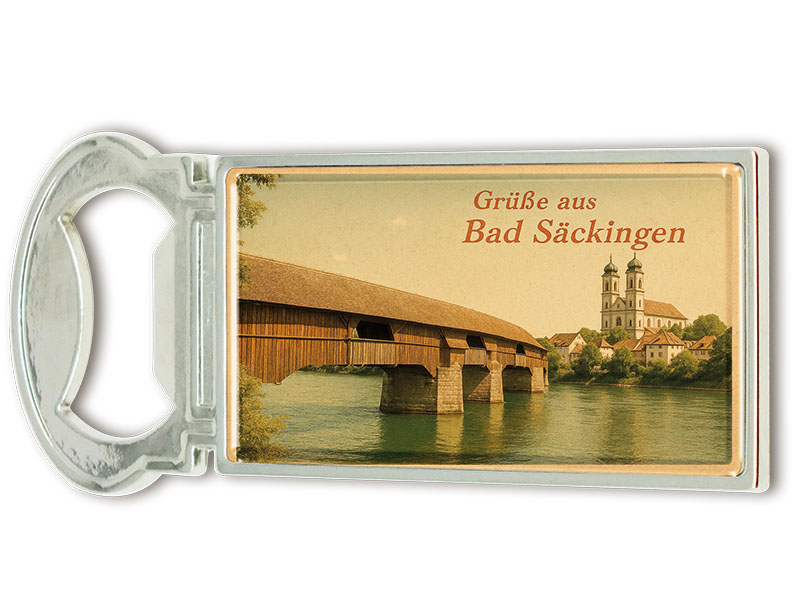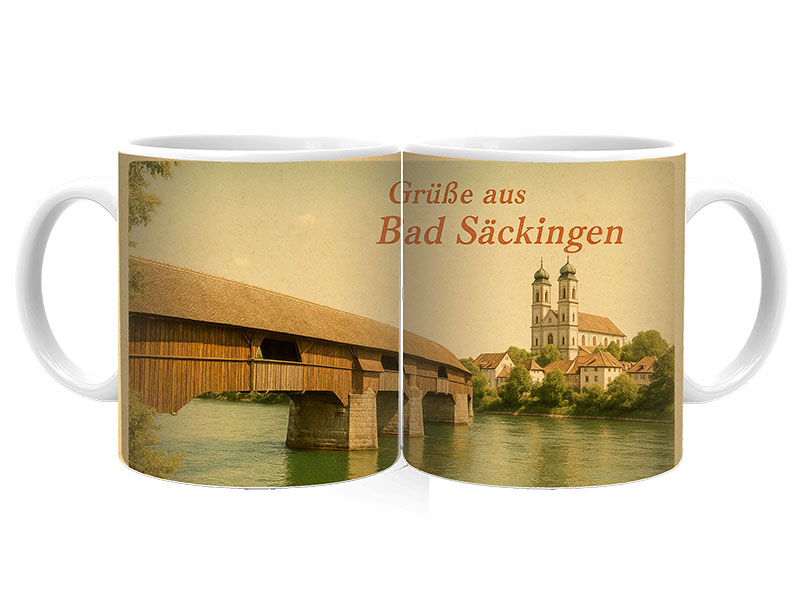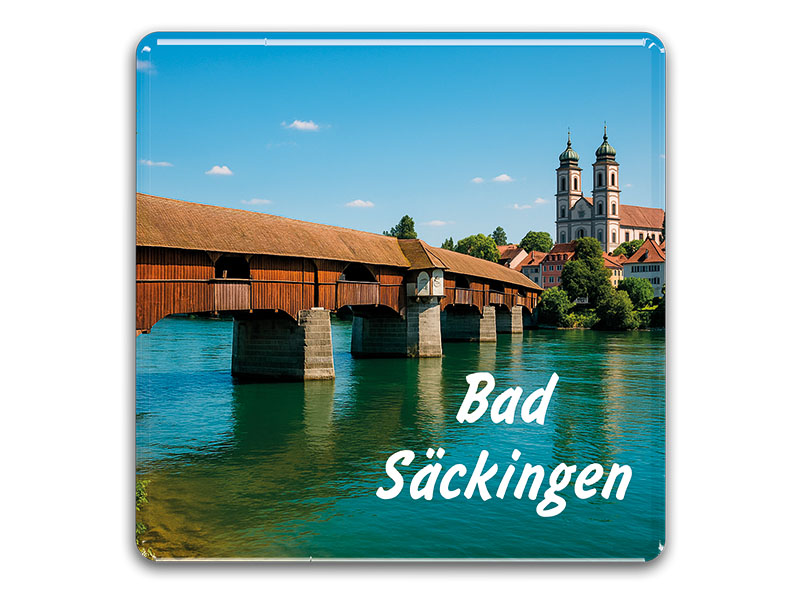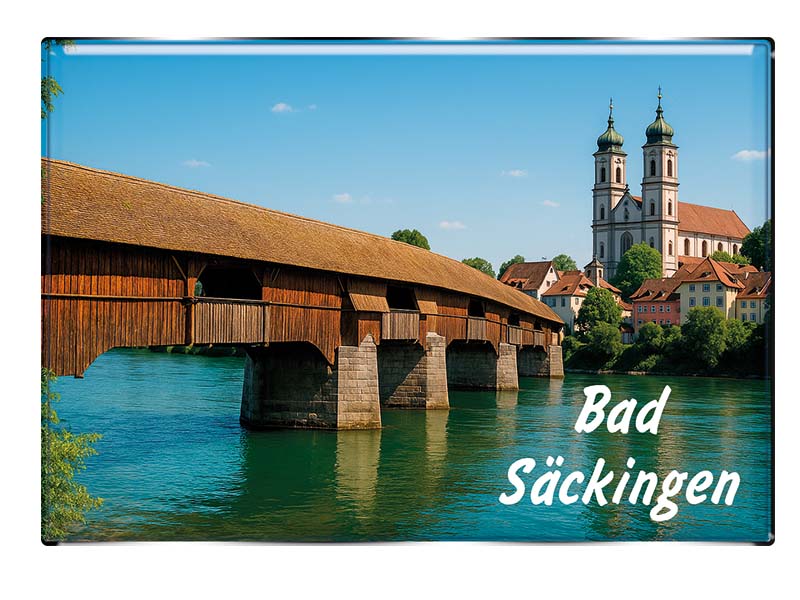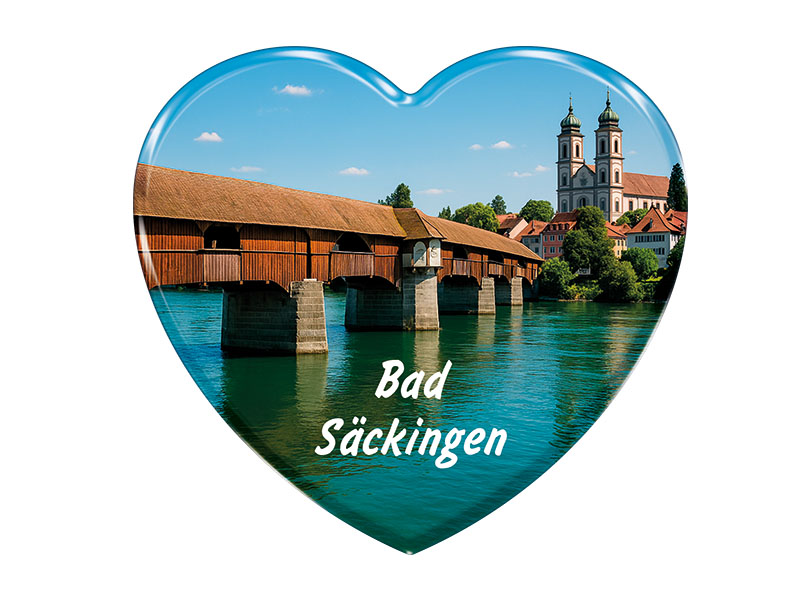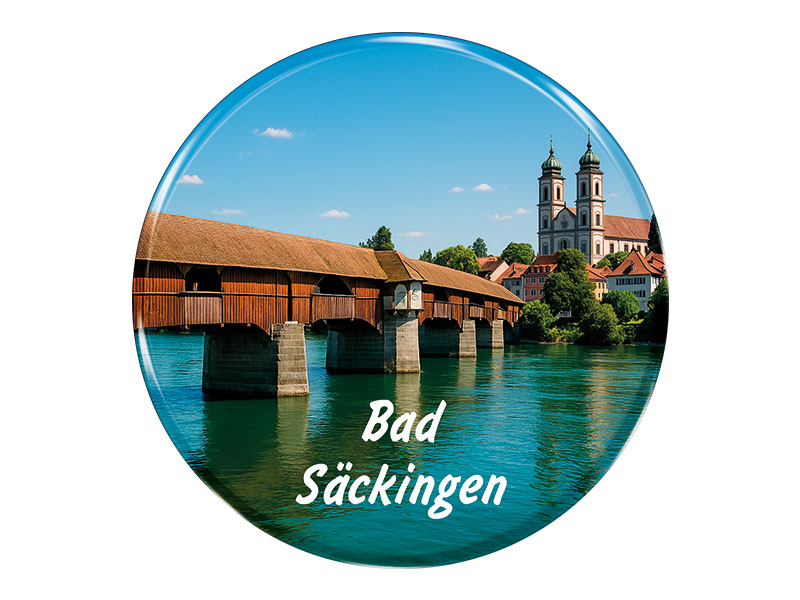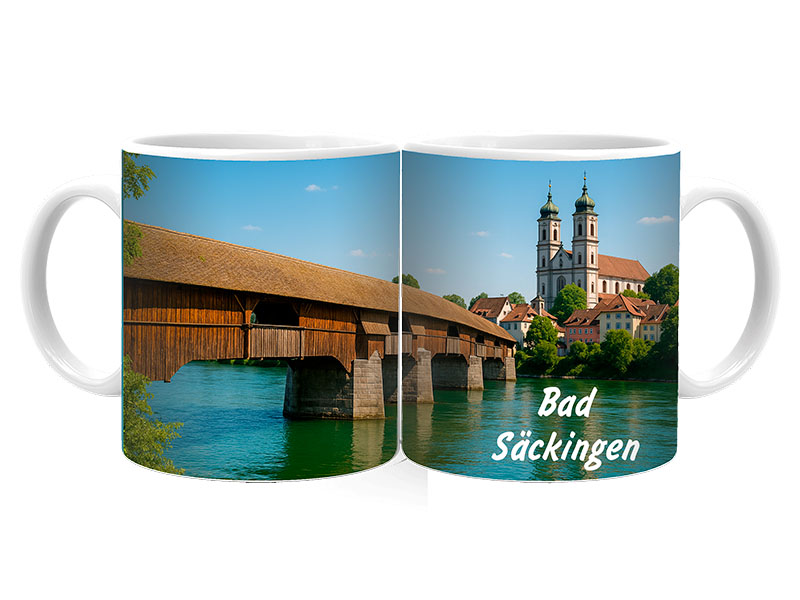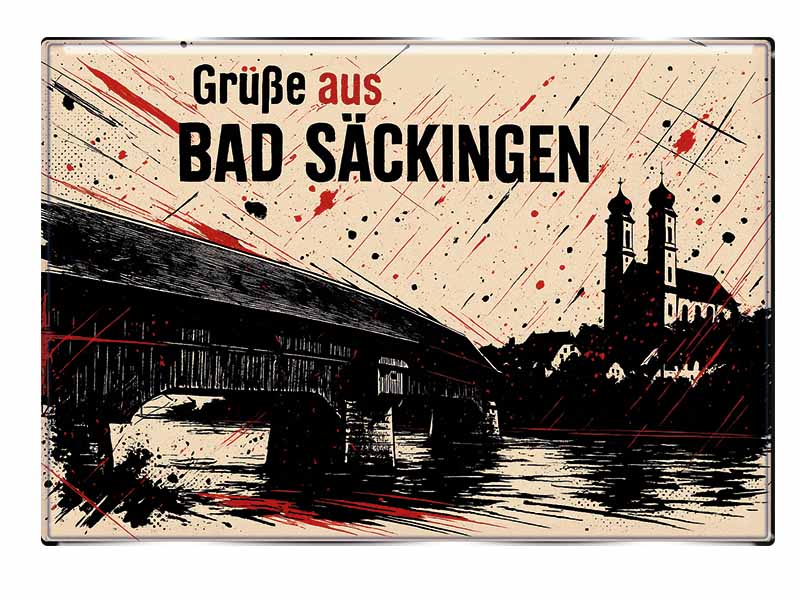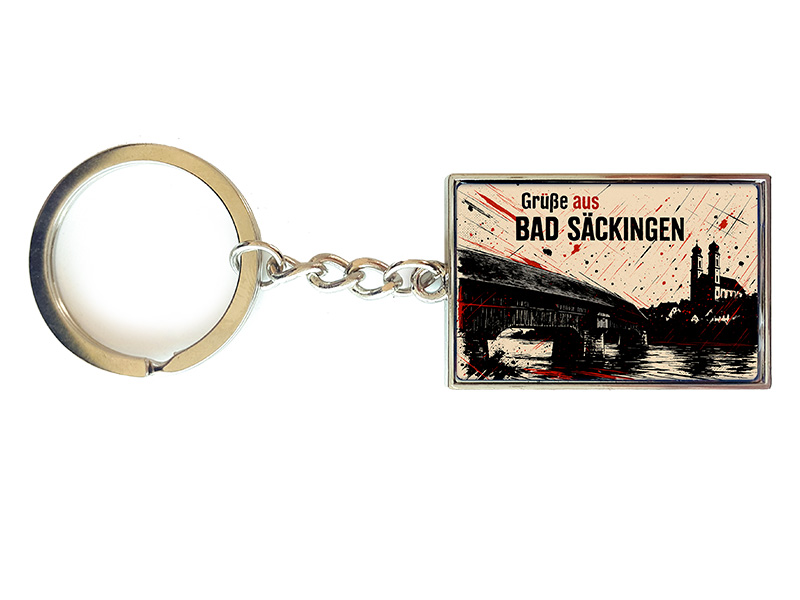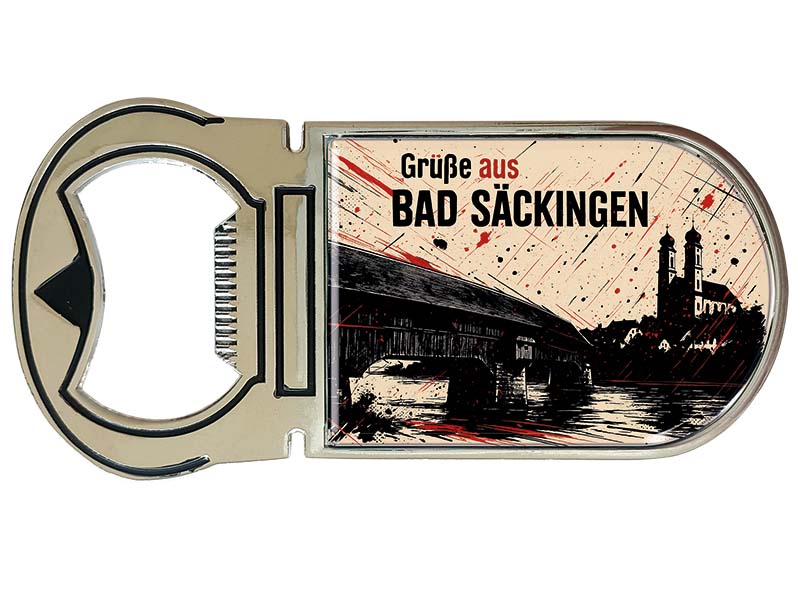- Vehicles
- Figures
- Witches
- Carnival
- Canvas
- Magnets
- Materials
- Maritime
- Hats
- New products
- Personalize
- Plush
- Dolls
- Collectible figures
- Keychain
- Special production
- %Special offers%
- Money boxes
-
Cities - Regions
-
Bad Säckingen
- Bamberg
- Bayerischer Wald
- Berchtesgaden
- Berlin
- Bodensee
- Bremen
- Brocken
- Chiemsee
- Cochem
- Dinkelsbühl
- Dresden
- Eibsee
- Frankfurt
- Freiburg
- Gardasee
- Garmisch-Partenkirchen
- Hamburg
- Harz
- Heidelberg
- Helgoland
- Insel Mainau
- Kleinwalsertal
- Koblenz
- Köln
- Königssee
- Leipzig
- Lübeck
- Mecklenburgische Seenplatte
- München
- Nürnberg
- Oberammergau
- Passau
- Potsdam
- Quedlinburg
- Regensburg
- Rothenburg
- Rügen
- Schwarzwald
- Stuttgart
- Sylt
- Titisee
- Traunsee
- Triberg
- Ulm
- Wernigerode
-
Bad Säckingen
- Bags/Backpacks
- Textile
- Animal
- Subjects
More information? sign in.
More information? sign in.
More information? sign in.
More information? sign in.
More information? sign in.
More information? sign in.
More information? sign in.
More information? sign in.
More information? sign in.
More information? sign in.
More information? sign in.
More information? sign in.
Bad Säckingen – Pearl on the Upper Rhine
On the southern edge of the Black Forest, right on the Upper Rhine and just a bridge away from Switzerland, lies Bad Säckingen – a charming spa and cultural town with a rich history and a picturesque cityscape. Known for the longest covered wooden bridge in Europe, the impressive Fridolin’s Minster, and the romantic legend of “The Trumpeter of Säckingen,” it combines historic architecture, vibrant traditions, and idyllic nature.
Geographical Location & Origins
Bad Säckingen is located in the south of Baden-Württemberg, on the Upper Rhine directly at the Swiss border in the district of Waldshut. Surrounded by the southern Black Forest, the town, together with its districts, serves as a regional center in the western part of the area.
First mentioned in a document in 878 as “Seckinga,” the town developed around the women’s abbey founded by Saint Fridolin. The name is likely derived from a Celtic-Roman sanctuary (Sequaniacum).
Historical Development
-
Early history & Middle Ages: Fridolin – an Irish wandering monk – founded the monastery and abbey, marking the beginning of the town’s history.
-
Fire and Reconstruction: In 1272, a devastating fire destroyed much of the town, including the collegiate church. The Fridolin’s Minster was rebuilt in Gothic style on the ruins.
-
Nobility & political affiliation: In the Middle Ages, Säckingen was under Habsburg rule, later part of Further Austria. In 1805, the town became part of the Grand Duchy of Baden.
-
Municipal structure and “Bad” title: In the 1970s, the districts of Harpolingen, Rippolingen, and Wallbach were incorporated. Since 1978, the town has carried the “Bad” (spa) title.
-
Awards: In 2003, Bad Säckingen was named one of the most beautiful towns in Europe by the Entente Florale, especially for its location, restored old town, and environmental design.
Population & Administration
Today, the town has around 17,660 inhabitants, spread over roughly 25.35 km², resulting in a population density of about 697 people per km².
As of early 2025, around 32% of residents are Catholic, 14% Protestant, and over half are non-religious or undisclosed.
Sights & Culture
-
Covered Wooden Bridge over the Rhine: At 203.7 m (206.5 m including roof sections), it is the longest covered wooden bridge in Europe. It connects Bad Säckingen with Stein in Switzerland; the border runs right through the middle.
-
Fridolin’s Minster: The town’s landmark, begun in Romanesque style, rebuilt in Gothic style, and later baroquized. The chapel holds the relics of Saint Fridolin.
-
Schönau Palace (“Trumpeter’s Palace”): Built between 1600–1680. Today, it houses the Upper Rhine and Trumpet Museum. The palace park hosts concerts, open-air events, and a café.
-
Museums: In addition to the Upper Rhine and Trumpet Museum, there is the Wildlife Natural History Museum, the Mineral Museum in Villa Berberich, and a Garbage Museum in Wallbach.
-
Other historical landmarks: The Gallus Tower (1343), the neo-Gothic Thieves’ Tower (now used for romantic weddings), and the frescoed Tea House in the palace park.
-
Nature & leisure: The Bergsee lake with wildlife enclosure, barefoot path, pedal boats, and climbing park; the Aqualon thermal baths with spa facilities; plus hiking and cycling trails along the Rhine and through the Black Forest.
-
Cultural life: Performances at the Gloria Theater, cultural programs in the Kursaal, promenade concerts, themed city tours – especially the “Trumpeter of Säckingen” – and events like the slowUp cycling day and Bridge Festival.
Tourism
Bad Säckingen records around 287,000 overnight stays per year and up to 1.6 million day visitors, a number that includes cross-border guests from Switzerland as well as group trips.
Famous People
-
Joseph Victor von Scheffel – poet of the popular verse epic The Trumpeter of Säckingen, which brought the town widespread fame. Scheffel lived for a time in the Hallwyler Hof and is honored as an honorary citizen.
The figure of the trumpeter and the famous cat Hiddigeigei are ever-present city motifs; corresponding statues and fountains shape the townscape.
Cuisine & Souvenirs
-
Typical specialties: Black Forest cake, Black Forest ham, and fresh fish dishes from the Rhine, such as trout and whitefish.
-
Local taverns & cafés: Many serve regional cuisine with views of the Minster or the wooden bridge, such as the “Fährhaus” or cozy cafés on Minster Square.
-
Souvenirs & gifts: Trumpeter figurines and motifs, cat Hiddigeigei merchandise, postcards, Black Forest ham, cuckoo clocks, and mineral-themed items from the Mineral Museum.
Conclusion
Bad Säckingen is a romantic spa town rich in history, cultural significance, and scenic beauty. The long wooden bridge, Fridolin’s Minster, Schönau Palace, Bergsee Lake, and the Aqualon thermal baths create a harmonious balance of history, nature, and wellness. The legend of the trumpeter, Scheffel’s work, and the town’s identity are inseparably linked. Whether for day visitors or overnight guests, Bad Säckingen offers relaxation, tradition, and vibrant experiences.

